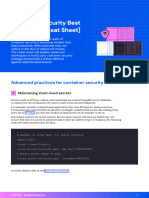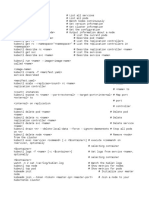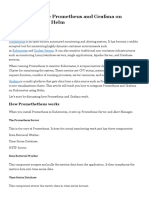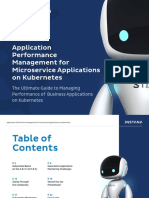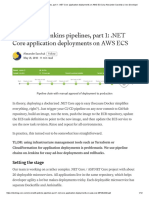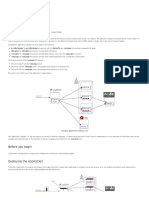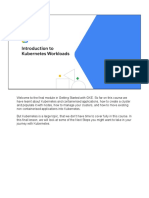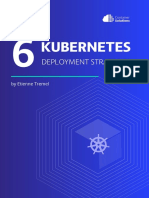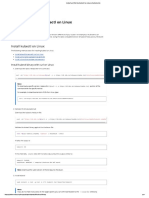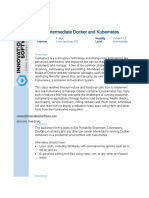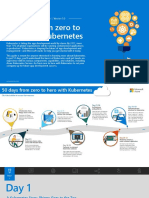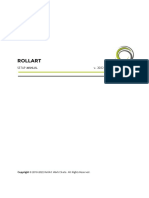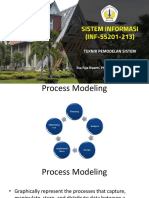0% found this document useful (0 votes)
331 views19 pagesKubernetes Learning Path Version 1.0 PDF
Uploaded by
saudagar batuCopyright
© © All Rights Reserved
We take content rights seriously. If you suspect this is your content, claim it here.
Available Formats
Download as PDF, TXT or read online on Scribd
0% found this document useful (0 votes)
331 views19 pagesKubernetes Learning Path Version 1.0 PDF
Uploaded by
saudagar batuCopyright
© © All Rights Reserved
We take content rights seriously. If you suspect this is your content, claim it here.
Available Formats
Download as PDF, TXT or read online on Scribd
/ 19














